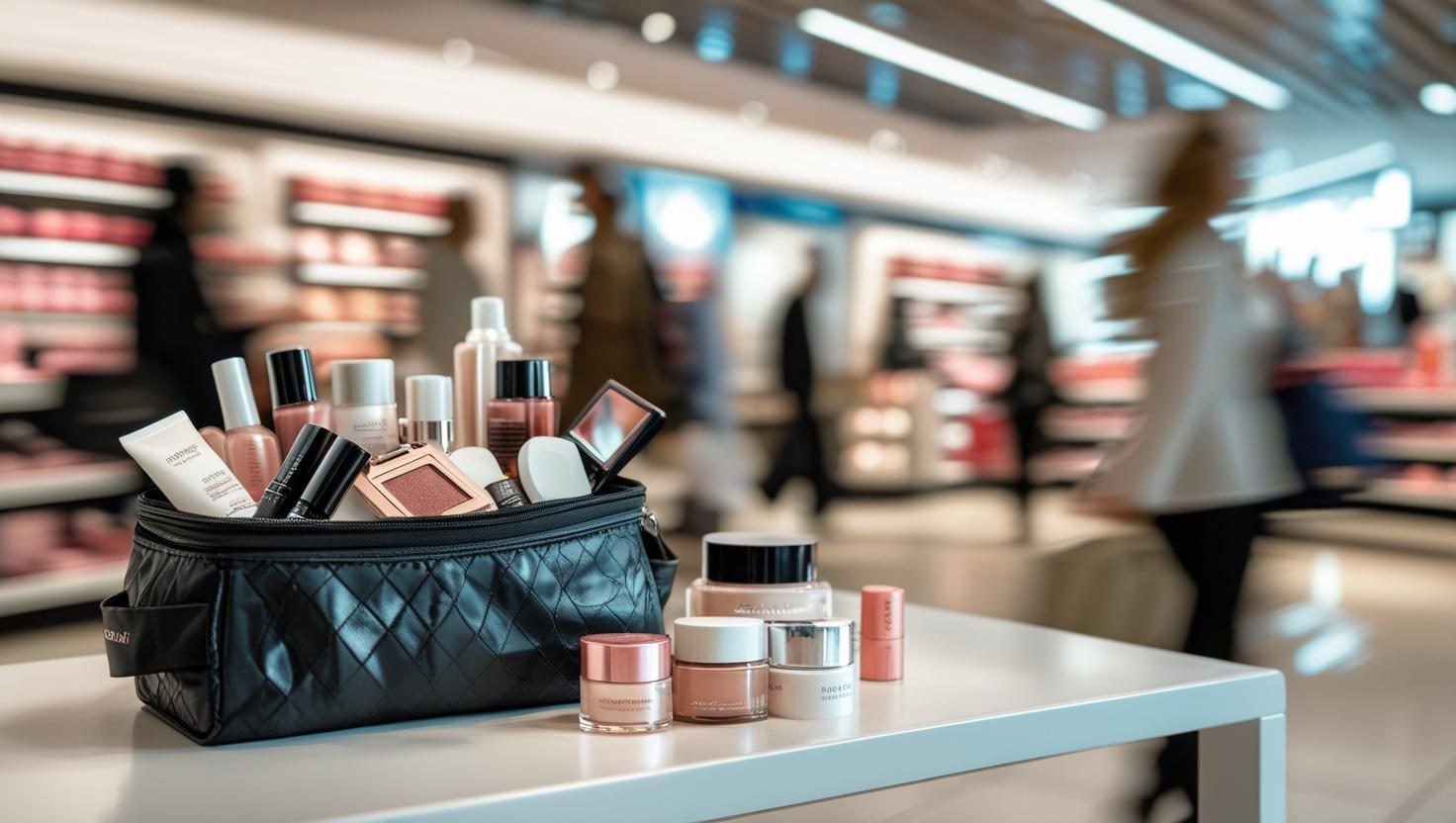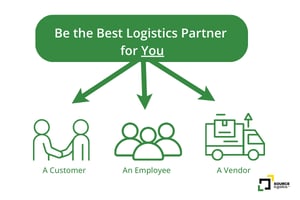Major national and international retailers use a range of service level agreements (SLAs) to...
The Rise of DTC Beauty Brands Going Omnichannel
Point Summary
- Beauty is one of the most saturated and competitive aisles in Consumer-Packaged Goods—driven by high margins, fast-moving trends, and evolving expectations.
- Modern beauty brands face real operational complexity as they scale from Direct-To-Consumer(DTC) to omnichannel retail.
- 3PLs that understand category nuance can make the difference between a brand that gets on a shelf and one that stays there.
Understanding the Crowded Beauty Market: Margin, Demand, and Complexity
Taking a broad look at retailer product assortments, health and beauty may be one of the most saturated aisles in retail. A major facilitator of health and beauty omnichannel retail growth was the shift to ecommerce solutions fueled by the 2020 Covid lockdown.
The shift empowered beauty brands to offer consumers greater variety while maintaining high profit margins that hover around 60-80%, driven by a mix of structural and market forces:
- Strong, durable demand across demographics and economic cycles
- Low barriers to entry enabled by cheap costs, white-labeling, e-commerce platforms, and social media
- Retail innovation, as stores seek more curated, diverse, and clean-label assortments
- Growing backend complexity, creating challenges not every brand is built to handle
Together, these dynamics have created a fast-moving product landscape where top competitors are increasingly differentiated by their logistical readiness.
How Retailers Expand Assortments and Why That Creates Risk
Retailers have shifted how they merchandise beauty products—moving away from traditional categories like "shampoo" or "face wash" and toward routines and lifestyle sets like “Glow Essentials” or “Post-Workout Recovery.” This approach invites more brands into shelf sets, especially those offering innovation, inclusivity, or trend-based relevance.
With a lower barrier to entry to a high margin category, there’s a catch: the widened funnel increases backend complexity. Brands must meet precise delivery windows, comply with each retailer’s unique standards, and often fulfill multiple formats—DTC, retail, and Amazon—all at once. Without a reliable logistics infrastructure in place, that opportunity becomes operational risk.
The Complex Expectations Brands Face
Retail capable fulfillment and distribution in the health and beauty space means navigating a variety of challenges:
- Short production lead times for seasonal campaigns and influencer collabs
- High SKU churn and mini-launch cycles that compress planning timelines
- Unique kitting, labeling, or packaging formats for each channel
- Tight coordination across DTC, B2B, and marketplace inventory
These pressures stretch internal operations and expose the limits of one-size-fits-all fulfillment setups. Even strong marketing execution can fall flat without matching supply chain agility. This makes having the right logistics in place essential.
What the Right 3PL Should Offer
For health and beauty brands navigating omnichannel expansion, the right logistics partner offers:
- Shared inventory visibility across DTC, retail, and marketplace channels
- Flexible warehousing to adapt to seasonal demand and campaign windows
- Lot tracking and expiration control for sensitive items
- Fast-turn kitting and value-added services without slowing execution
A 3PL that knows the category doesn’t just ship orders. They help brands stay retail-ready, compliant, and confident—even during high-velocity growth.
Source Logistics: Built For Beauty Brands That Move Fast
At Source, we help health and beauty brands simplify complex challenges with rapid yet optimized fulfillment onboarding solutions. Whether you’re launching your first retail partnership or scaling your assortment across channels, we make sure your logistics grow with you—not against you. Let’s talk about how Source can support your health and beauty brands reach their full potential.





